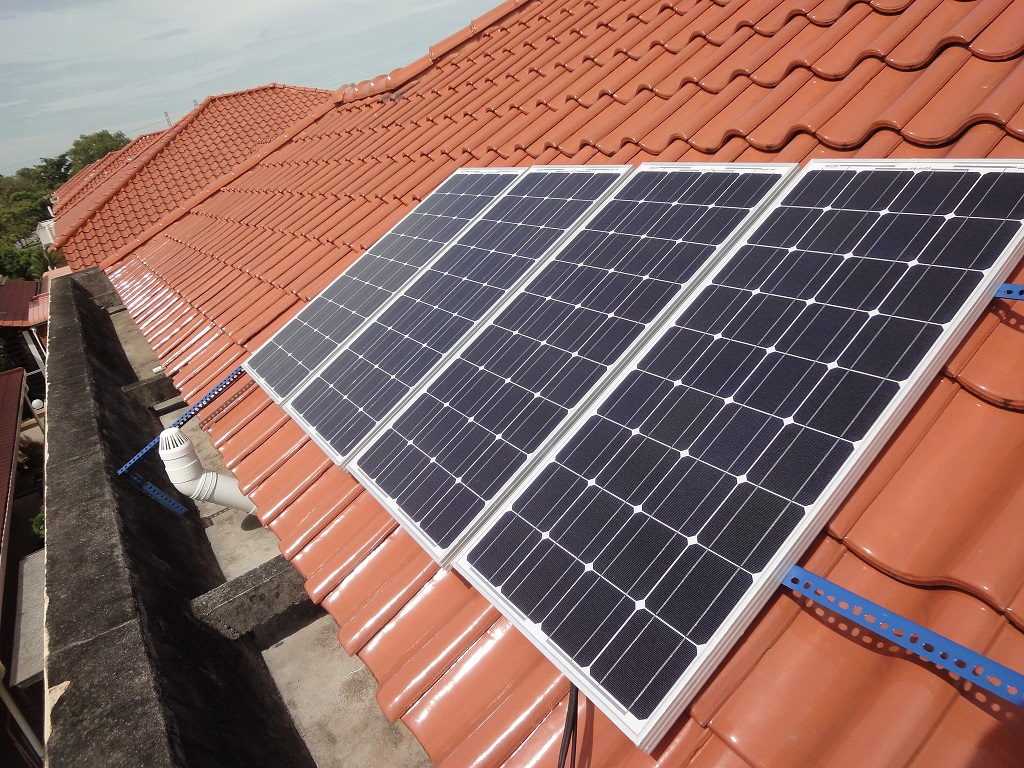Could a self-funded company hit the market and be successful? This is the very inspiring story of Headline Solar
Past articles of Silicon Valley Insider have focused on sustainability and clean energy companies finishing up their Series A-E financing rounds, often having created some new technology, sustainability program, or proprietary manufacturing process. While focusing on these companies and their milestones helps to get a pulse on what is happening in the world of impact investing, it does not capture the broader range of opportunities at the intersection of green energy, government regulation, and entrepreneurship.
Solar energy, for example, and the idea of putting solar panels and Precast Solar Ballast Blocks on your house or commercial establishment, has been around now for a number of years. People are generally aware of the models offered by big solar companies, among them, purchasing your own panels to generate your own electricity while still paying your utility provider for the months that energy production is low. A novel business model in it of itself, but when it is combined with limited-time state and local government incentive programs that provide tax breaks, credits, and rebates, it creates a sort of “gold rush” opportunity for companies and entrepreneurs alike.

This is the story of 24-year-old Jared McKenzie, CEO of Headline Solar in Schaumburg, Illinois. His company markets and sells solar panels, assists with credit and rebate document preparation, architecture and design, and works with contractors to provide installation. Along with his partner, Kevin Gillespie, McKenzie has scaled this self-funded company from the ground up, going from 0 to 20 employees in 7 months, and reaching more than $1 million in revenue in August.
McKenzie and Gillespie first met in 2017 at an entrepreneur meetup in Austin, McKenzie explained, “and before I knew it we were talking multiple times a week.” Gillespie had previously worked at a medical waste disposal company, helping them scale from 6 locations to more than 100. He also had experience doing lead generation and marketing for a roofing company. McKenzie had been attending the University of Arkansas majoring in Entrepreneurship but decided to drop out in November of 2016 during his junior year to start his own digital marketing company. Before McKenzie knew it, he was helping to source leads for more than 250 solar providers in 20 different states. Soon after, he decided to pursue solar on his own.
“What is unique about solar is that every market is different,” McKenzie began, “California has ridiculous rates for solar, and it seems like every other house has panels, but other states are further behind and are not as educated on the opportunity.” McKenzie quickly became an expert on the different solar markets. He understood the different state’s incentive programs, and from his experience in digital marketing, could recognize consumer demand. The Illinois renewable portfolio standard (RPS) stood out, as it required 25% of its electricity production to come from renewable sources by 2025.

“Illinois is a top state for solar incentives, but it also has some of the highest barriers to entry,” McKenzie said, “mainly because of the distributed generation certification.” This certification is required in the state to install solar panels on a home other than your own. McKenzie explained that certifications like these have become more stringent to avoid excessive wait times, as well as some of the craftsmanship and workmanship issues experienced in California.
“Consumers are interested in clean energy, reducing emissions, and sustainability, but the decision is mostly driven by cost savings.” Knowing this, McKenzie and Gillespie focused on vertical integration, being able to sell panels directly to consumers and maximize the cost savings, while other companies structure leases of the panels and (sometimes) keep credits for themselves. According to their website, Headline Solar’s program focuses on eliminating customer electric bills completely, and using state and federal benefits pay for 50-60% of a new solar panel system.
RELATED ARTICLES:

Silicon Valley Insider: Intellihot, Using AI and NASA Technology to Provide You Hot Water
Mckenzie didn’t just stumble upon this opportunity. He watched his father launch and grow a construction business as a child, and knew from a young age that he wanted to follow in his footsteps. He even resold phone covers on eBay for extra cash at the ripe age of 13.
Mckenzie is now focused on building a strong and motivated team. When asked if he had plans to expand or take advantage of new regulations in new states, he mentioned that Texas is set to roll out climate action plans soon.
“At the end of the day, it’s really about impact,” McKenzie said, “we’re helping homeowners save money, we’re cutting down carbon emissions, and our employees are engaged.” Mckenzie knows how far even a couple of hundred dollars of savings can go for a low-income family, “these opportunities aren’t limited to the wealthy.”
In the Cover Picture: Home with Solar Panels. Credit: Flickr
EDITOR’S NOTE: The opinions expressed here by Impakter.com columnists are their own, not those of Impakter.com.











